What do you get when you take one of the world’s biggest movie stars (Idris Elba), one of the world’s most fearsome predators (the lion) and one of Hollywood’s directors most obsessed with depicting an edge-of-your-seat survival story on screen (Baltasar Kormákur)? Beast, that’s what. A brand new man-vs-animal tale filled to the brim with shocks, scares and sweeping shots of the South African savanna. With the trailer arriving today, we spoke to director Kormákur about working with Idris Elba, his personal connection to this story, and creating the most nightmare-worthy lion possible.
Location location location
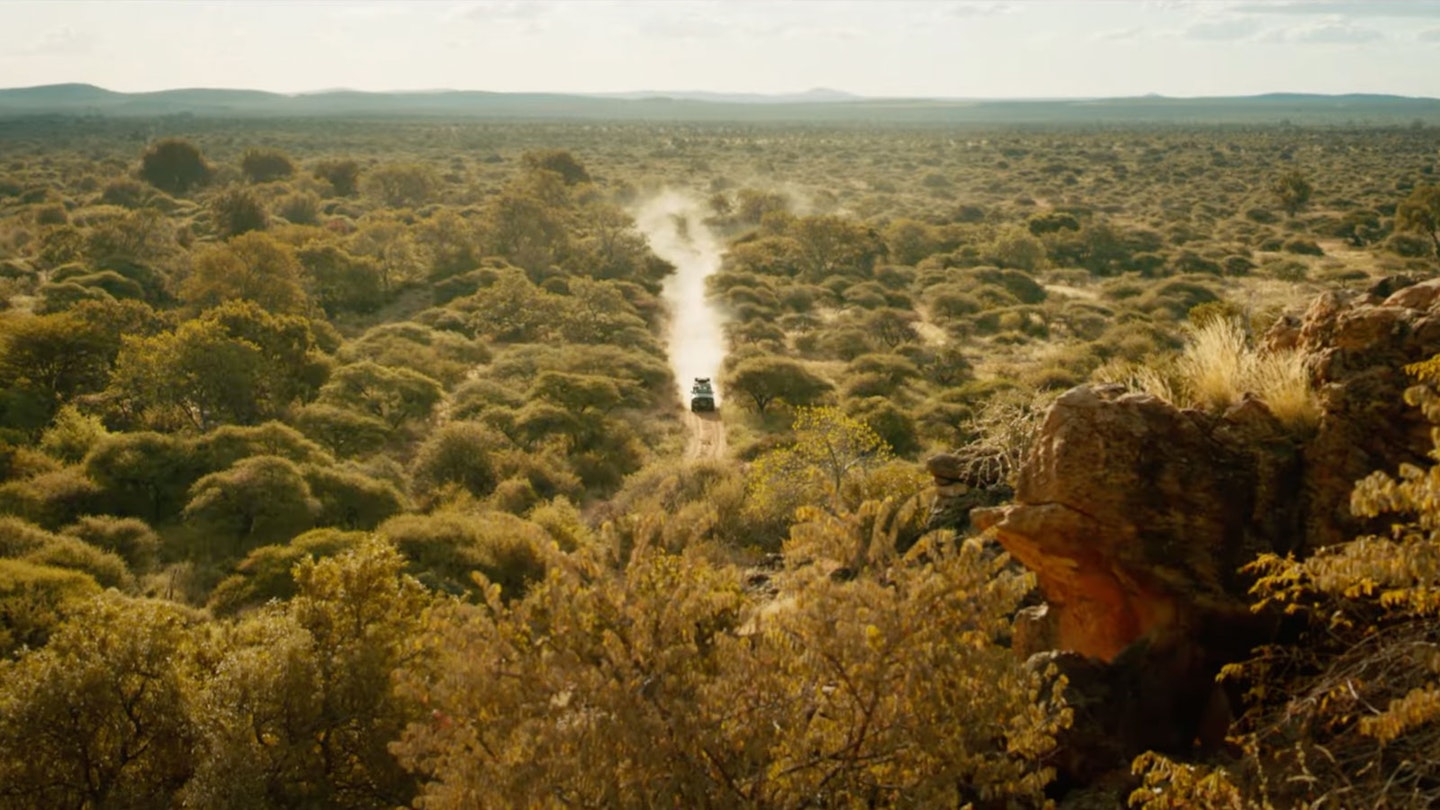
As soon as he was offered Beast, Kormákur made his condition for directing it very clear. “I said, “Yeah, I’m interested in the project,” he recalls. “But I want to shoot it in Africa. That’s the only way I will make this film.” And so, when production rolled around, the director, cast and his team packed up and headed to South Africa, where the film was shot in full, on location, in just 10 weeks. This didn’t come without challenges, primarily the sheer size of the place. “It’s a huge country. I knew that, but didn’t realise it,” Kormákur says. “You’re thinking, let’s go here, let’s go there, but it’s like prepping in Chicago and shooting in LA or something. But we got to do it, and I pushed to use the country as much as possible. I wanted to experience it, and give the audience the experience of Africa.”
Zero to hero
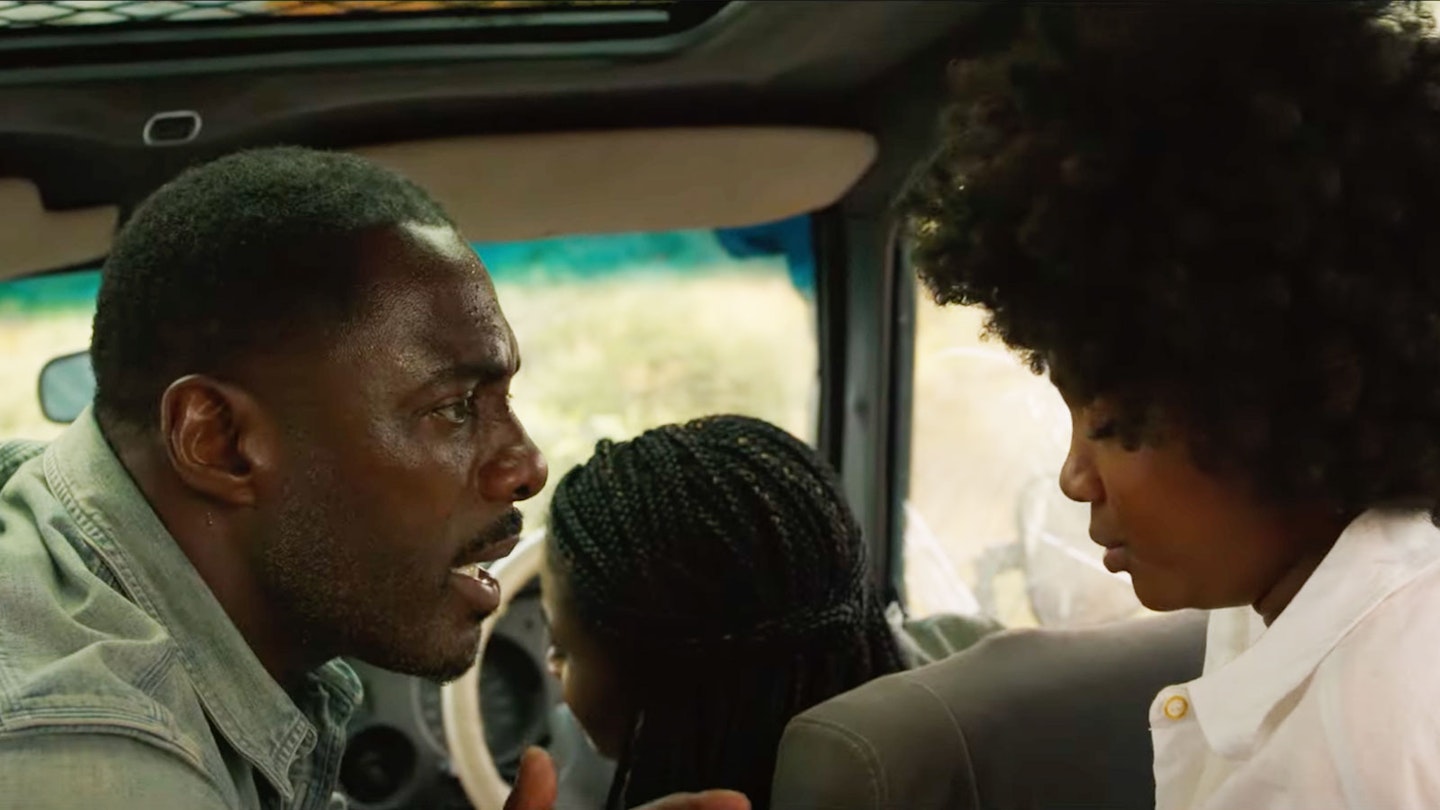
Okay, calling Idris Elba a ‘zero’ in any way is a bit of a stretch – but, it was important to Kormákur that his character, Nate, didn’t feel like some kind of ultra-tough, lion-fighting badass from the start of the film. When we meet him, he’s still processing the death of his wife, and is just trying to reconnect with his daughters; to be a better father. “It's not about a superhero. It's somebody who needs to come through in the worst situation. And when you have to put someone first, you have to risk yourself,” Kormákur explains. “I like the fact that he's not a 'super dad'. In a way, he becomes that, but only by necessity. He does what you would expect your father to do in that situation, but there is a need to push him beyond that.”
Nate’s vulnerability was also a way into the story for the director on a more personal level. “For me, the beast is a metaphor for something that's the most difficult,” he says. “There's nothing more challenging than when there's a family trauma, or a family breaks up, and you’re having to create a new future, to connect with your children and get life back on track. This is the biggest challenge that I have faced in my life, so I found that was something I could give to it.”
Idris = ideal
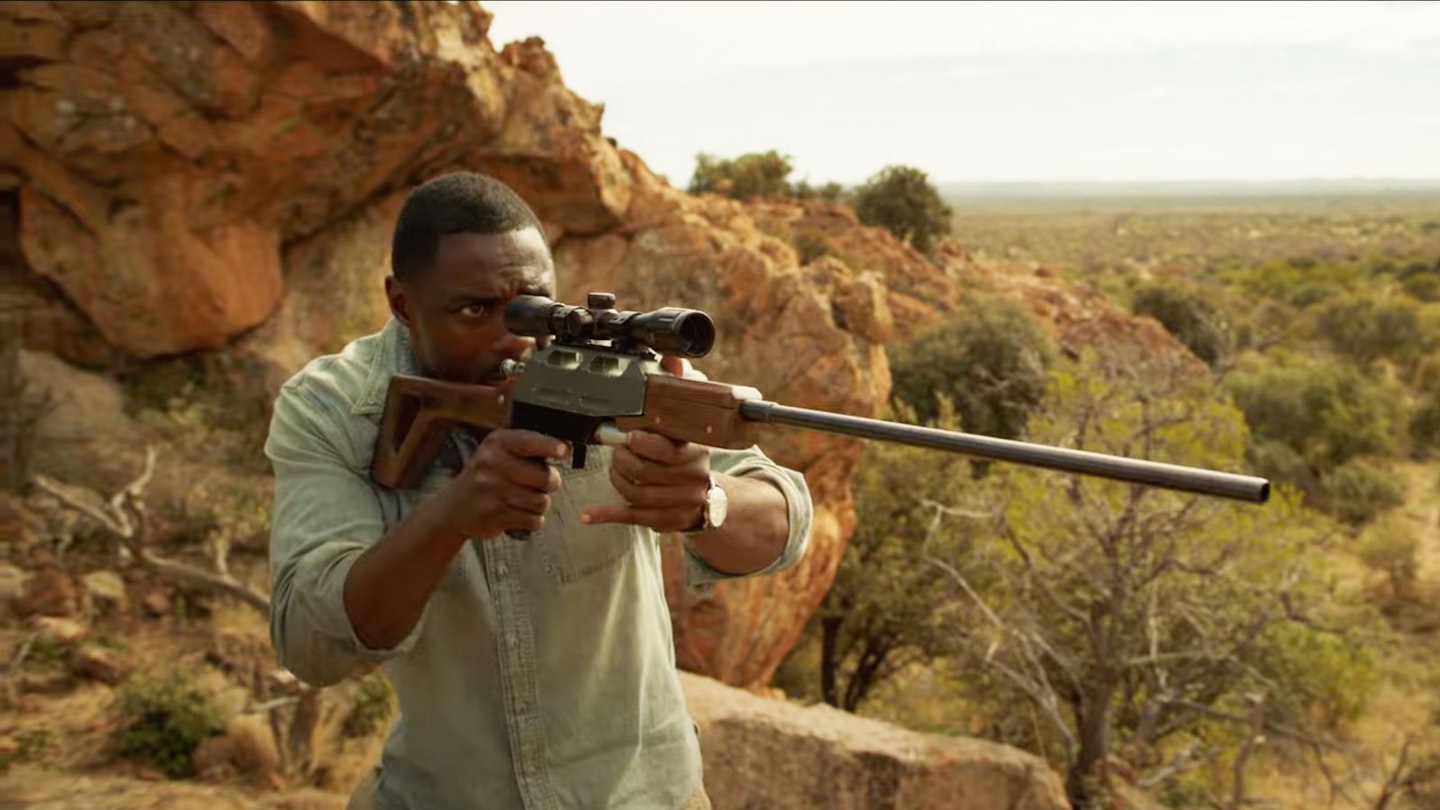
Who better to play this troubled, tough-when-he-needs-to-be protagonist than Idris Elba, a veteran of matching emotionally complex characters with sheer physical presence on screen? Kormákur agrees – in fact, Elba’s involvement in the project is partly why he agreed to come on board in the first place. “Idris was somebody I’d met a couple of times and we wanted to work together. He’s the perfect casting, because he’s that kind of rare talent in that he’s both an incredibly strong actor, and he has that movie-star appeal,” the director says. “So when doing the scenes that need more gravity and more emotional connection, he does a terrific job – and then when he has to face a lion, you also believe him, because he has that kind of persona. Idris is a hulk of a man, but he's a gentleman.”
Frightening feline
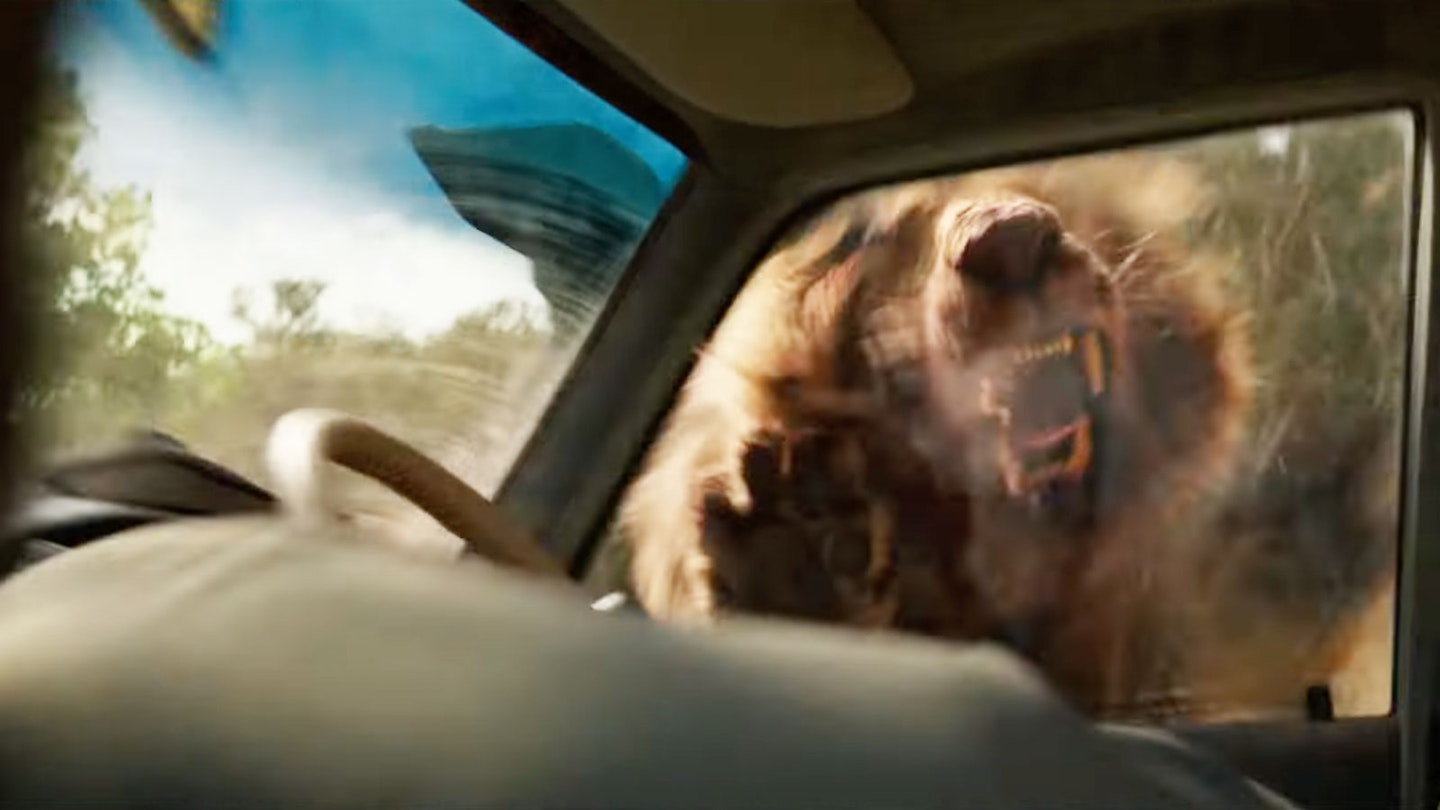
Make no mistake – as a rule, lions are pretty scary. You wouldn’t want to be stranded in the Savannah with even the most basic of big cats. But this, as the title suggests, is a particularly beastly one, out to avenge his pride and reclaim the title of the ultimate apex predator. Inspiration for the creature came from an unlikely place: “It’s funny, but I said ‘It needs to look likeBrad Pittin Snatch,’” Kormákur laughs. “It needs to be ripped. Wild and ripped. It was about creating a character, not just any lion. I didn’t want this big, heavy monster that you often see in these kinds of films. I wanted it fast, angry, injured – and by connecting it to reality, it made it more dangerous.”
Keeping it real
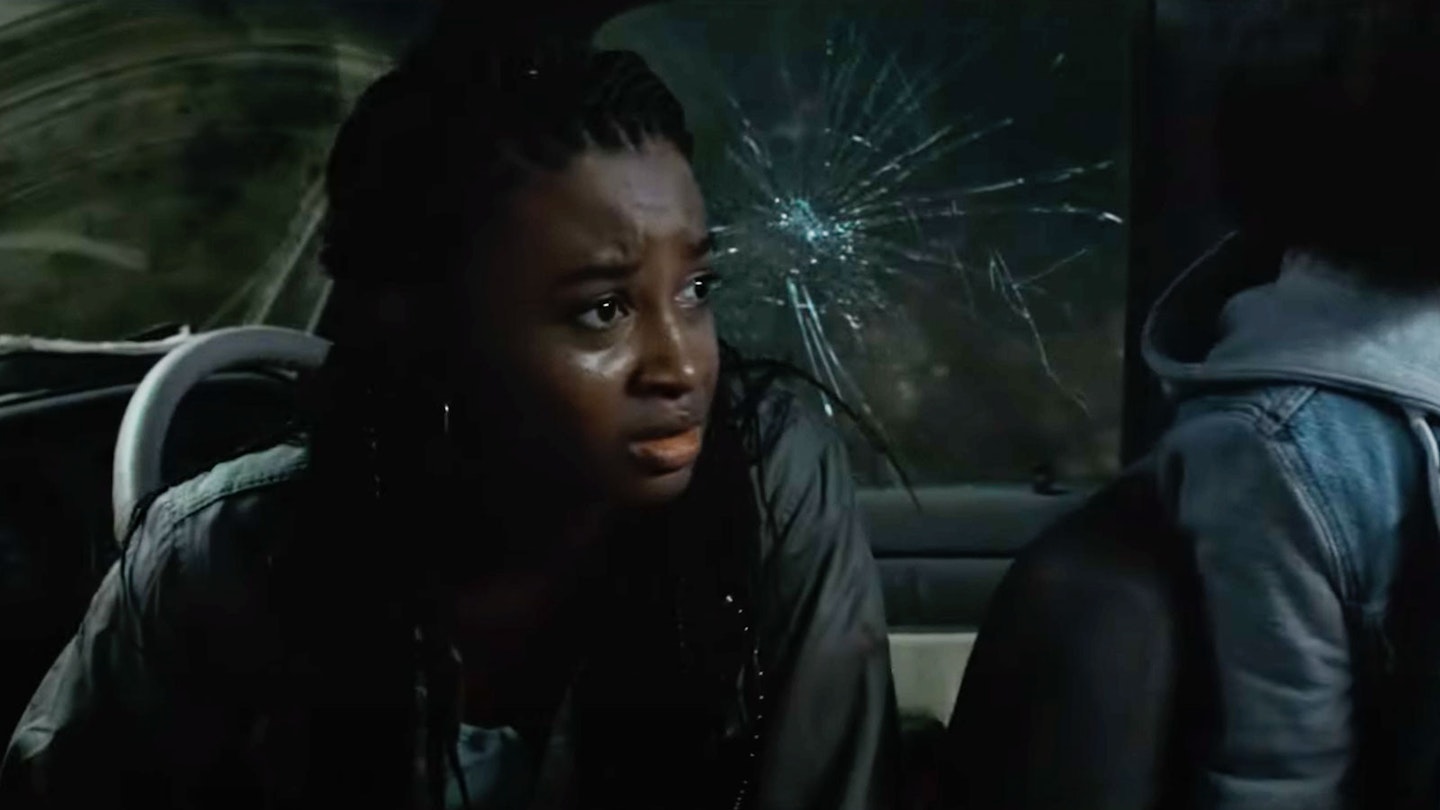
In a movie about making it through a lion attack, there’s bound to be plenty of tension, and the trailer has a distinct horror feel to it – note the sustained shot watching Nate sprint away in terror, but we don’t see what he sees; or the gang huddling in their car in almost-silence, surrounded by pitch-black night, before an epic jump scare. But the horror genre wasn’t specifically on Kormákur’s mind as he was making the movie – as with the lion, a sense of groundedness and reality was key. “The best horror film I’ve seen is a Russian movie called Come And See,” says the director. “Because it felt so real. I’m sure there are all kinds of horror movies that influence me — like The Shining — that I’ve seen in the past, but that wasn’t what I was going for.” To Kormákur, seeing the lion through the humans’ eyes was the route to true scares. “I used a lot of long shots, so you always feel like you’re in the perspective of the characters. I stay with the people, and let the lion come to them. That way, it feels like you’re in the car, you’re in the bush with them, feeling like the lion is somewhere near.”
Man vs the world
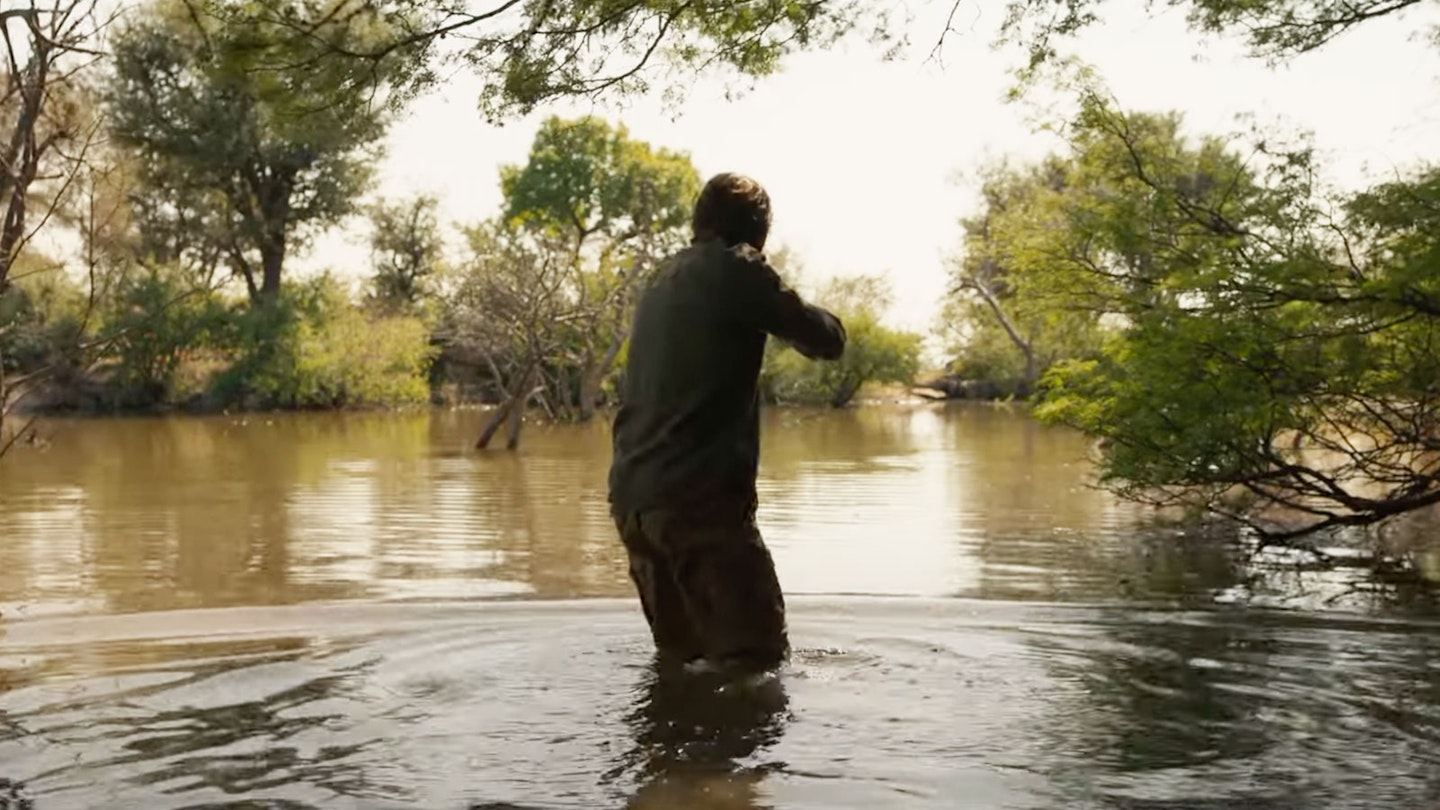
With Beast following a back catalogue of directorial work including Adrift, Everest and The Deep, it’s clear that Kormákur is fascinated by survival stories. His country of origin, Iceland, may have a little something to do with that. “I come from a country where waking up in the morning is survival,” he says. “With the weather, the winter, you're thinking – why did people decide to settle in this tundra? But then you love it as well, and you become very connected to it.”
He also sees these kinds of narratives as part of a bigger, more existential picture – “Every life is a survival story in some way, right? Getting from birth to death.” – and a reflection on our crumbling relationship with the world around us. “A lot of people have disconnected with nature, and we need nature,” he says. “We're also facing this crisis of climate change, global warming, the environment. A very important part of the story is that the lion is created by humans. This lion, this beast, it's programmed by poachers; his pride has been taken out. We're not blaming this on the lions. What the story is trying to say is that it doesn't matter who of us treats nature badly, nature will get back at all of us. If we don't take care of climate change, a tsunami is not just going to pick the ones who didn't use paper straws, you know? It's all of us, right? It's the same with this – if lions are taken and the prides are killed and treated badly, they will attack. They will create an enemy, which is the human being.” Can’t argue with that – maybe the beast isn’t such a bad guy, after all.
Beast is in cinemas from 26 August 2022.
